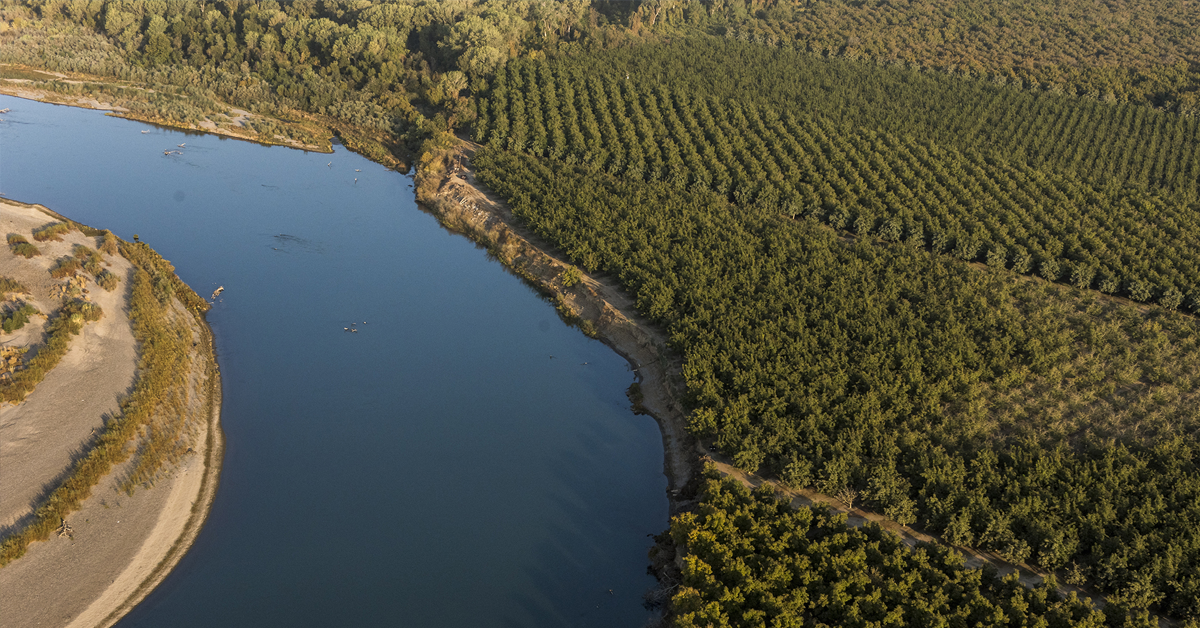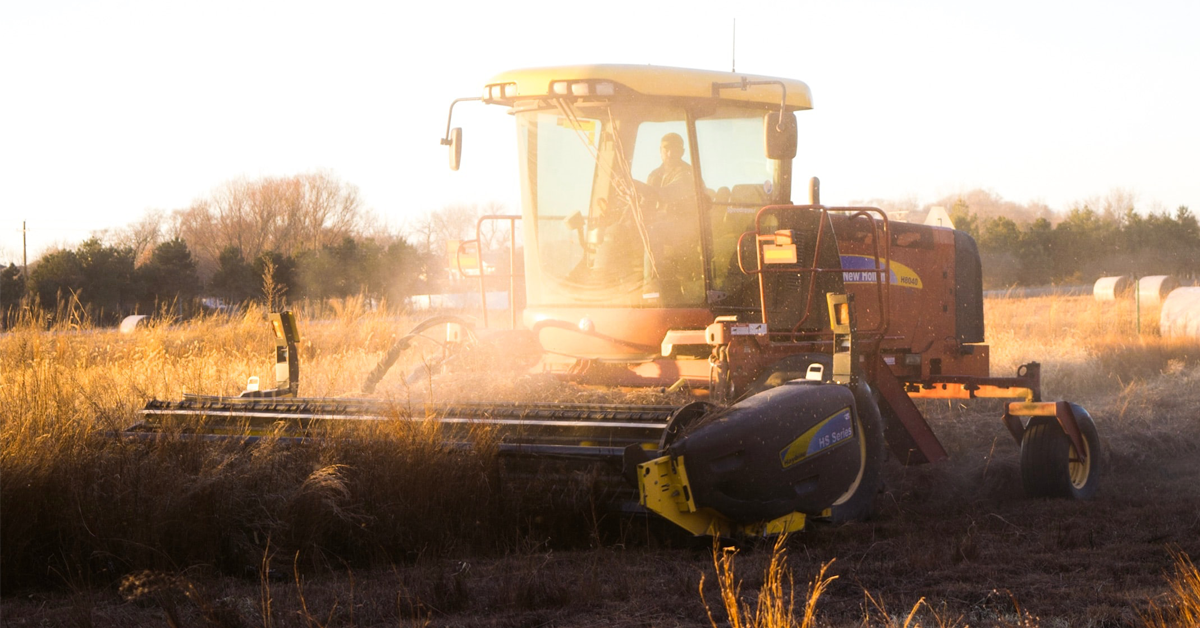Coming off a dry January and February, the Bureau of Reclamation announced the initial 2022 water supply allocations for Central Valley Project contractors on Wednesday.
The allocations are based on an estimate of water that is available for delivery to CVP users and reflects current reservoir storage, rainfall and snowpack throughout the Valley and the Sierra Nevada Mountains.
With the dreary outlook of current water supplies, the CVP’s allocations are predictably dry, and the Bureau of Reclamation said CVP reservoir storage is below the historic average for this time of year.
Runoff forecasts also predict that overall storage will be limited if substantial spring rainfall does not occur.
For South-of-Delta, irrigation water service and repayment contractors will not receive any water, with Reclamation allocating zero percent of the contract total.
Municipal and industrial water service and repayment contractors will receive 25 percent of their historical use.
For the Friant Division, contractors receive their water supply from the Millerton Reservoir. The first 800,000 acre-feet of available water supply is considered Class 1, while Class 2 encompasses the next available water supply up to 1.4 million acre-feet.
Class 1 allocations are 15 percent, while Class 2 allocations come in at zero percent.
Wednesday’s announcement comes on the heels of the State Water Project revealing last month that the Department of Water Resources set its allocation to 15 percent for 2022.
Westlands Water District said the allocation is disappointing, although the district understands that the low precipitation and Reclamation’s obligation to meet Delta water quality and outflow standards has led to the low allocation.
In response, Westlands called for an investment in water storage infrastructure as well as effective water policies that allow the state to maximize its water use.
“In spite of the current drought, the District continues to plan, pursue, support, and implement regional and local projects to ensure a sustainable water future for the families that live and work in and around the District,” Westlands said in a statement. “And, as always, the District will look to the coming months with the hope of improved precipitation and an increased allocation.”
Along with Westlands, the Friant Water Authority officials said they were disappointed with the allocation and urged state and federal water agencies to allow maximum pumping operations in the Sacramento-San Joaquin River Delta whenever possible.
In a statement, the Friant Water Authority said it understands the decision by Reclamation to err on the side of caution this early in the year, but it believes that “there is ample justification” for an allocation in excess of 15 percent.
“Even if the remainder of the year is extremely dry, FWA estimates that approximately 240,000 acre-feet of additional unallocated water supply exists in the upper San Joaquin watershed. This estimate is in addition to the 254,000 acre-feet already allocated to the San Joaquin River Restoration Program,” the Friant Water Authority said.
“Not allocating water that is clearly available will only exacerbate an unnecessary rush to pump groundwater, causing additional overdraft. We look forward to continuing to work with Reclamation as they further their analysis of the water supply data, and to the allocation increases that are warranted so our farmers and cities can adequately plan for the upcoming year.”
Similar to Westlands, the San Luis and Delta-Mendota Water Authority was disappointed with the allocation but understanding because of the dry conditions.
Authority Executive Director Federico Barajas said in a statement that with this being the sixth year in the last decade the Authority has received an allocation below 20 percent, that continues to reinforce that California’s rainfall and snowpack pattern are changing, requiring a change in water management strategies.
“The challenge before us demands long-term and sustainable solutions – we must invest in the maintenance, improvement and restoration of our critical infrastructure that serves as the backbone of California, we must increase our ability to store water during those flood years for the droughts we know will come, and we must improve the operational flexibility of our system so that we can respond to the challenges each water year presents,” Barajas said.










